The Highland 2024 Big Pollinator Count Results
This August we worked together with communities counting flies and bees - here are the results!
In early August, the Highlands buzzed with activity—not just from pollinators, but from dedicated volunteers participating in the Highland 2024 Big Pollinator Count. Taking place from August 7th this annual event brought together citizens eager to contribute to the health of their local ecosystems by monitoring pollinating insects across the region’s wildflower meadows.
The count focused on 39 of the 101 wildflower meadows patches now dotted around the Highlands, with the majority of these sites established by High Life Highland Rangers during the 2023 growing season. With 124 members of the public taking part, individual counts and our number of event counts proved to be a great success, gathering valuable data to help better understand the importance of these meadows to local wildlife.
Why Pollinators Matter
Pollinators—bees, butterflies, hoverflies, and other insects—play an essential role in maintaining biodiversity and supporting ecosystems. They are the unsung workers of agriculture, helping plants reproduce and ensuring the health of wild landscapes. However, with pollinator populations declining worldwide with factors such as pesticide use and atypical weaher pattens, local initiatives like the Big Highland Pollinator Count are crucial in raising awareness and contributing to conservation efforts.
This year’s count included wildflower meadows of all sizes, with sites ranging from a compact 1 m² to a sprawling 100 m², collectively covering 1,010.5 m². Participants spent a total of 1,124 minutes—nearly 19 hours—observing pollinators at work, despite less-than-ideal weather conditions.
The Pollinator Watch: What Was Counted?
Volunteers were tasked with counting all the pollinating insects they spotted visiting flowers in their designated meadows. They logged their findings through a simple online form, noting the type of insects observed, the location, and the time spent counting. It was the first time this online form was used, it it worked well.
To ensure the data was as detailed as possible, participants were asked to divide their observations into ten different categories: bumblebees, honeybees, solitary bees, wasps, hoverflies, other flies, butterflies and moths, larger beetles, small insects like pollen beetles, and any other insects spotted. While this may seem daunting, volunteers were encouraged to send photographs to the Ranger Service if they were unsure about species identification.
The Numbers Are In
Despite the challenges posed by some wet and windy weather, the Highland Pollinator Count didn’t disappoint. A total of 1,312 insects were recorded across all 39 sites, offering an intriguing snapshot of the region’s pollinator biodiversity.
Hoverflies emerged as the most frequently observed group, with 312 sightings, making up 20% of all pollinators counted. Bumblebees followed closely, comprising 15% of the total, while butterflies and moths made up 9%.
Surprisingly, honeybees accounted for only 7%, and wasps, which typically garner more attention during this season, represented just 2% of the total count. This drop in wasp numbers reflects broader national trends, which have pointed to a particularly poor year for these often-maligned insects.
Weather Challenges
While the week-long count was successful, the weather posed a constant challenge. For instance, in Inverness, maximum temperatures ranged between 16°C and 20°C, and only one day during the period remained fully dry. Wind speeds were also high, averaging 28 km/h, making it difficult for insects to fly and for observers to catch clear sightings.
Despite these obstacles, the dedication of the participants shone through, with volunteers in areas like Caithness, Sutherland, Ross-shire, Lochaber, and Badenoch & Strathspey persevering to collect their data.
Spotlight on Species: Some Special Sightings
The results of this year’s pollinator count revealed an impressive range of species. Among the butterflies spotted, volunteers recorded seven different species, including the Common Blue (Polyommatus icarus), Peacock (Aglais io), Red Admiral (Vanessa atalanta), and Small Tortoiseshell (Aglais urticae). These sightings are especially important, given that butterflies are key bioindicators, often signalling changes in environmental health.
Bumblebees were also well-represented, with three species making an appearance: the Common Carder (Bombus pascuorum), Garden Bumblebee (Bombus hortorum), and White-tailed Bumblebee (Bombus lucorum).
One of the most fascinating findings came from Stoer, Sutherland, where a single site recorded 13 bumblebee-mimic hoverflies (Volucella bombylans), an example of nature’s uncanny ability to create mimicry for survival. Other interesting hoverflies included the Pied Hoverfly (Scaeva pyrastri) and several drone flies from the Cheilosia genus.
Not to be left out, beetles and flies also made their presence known, with 50 Common Red Soldier Beetles (Rhagonycha fulva) recorded and sightings of craneflies, dung flies, and even ichneumon wasps, which are known for their long ovipositors.
The Bigger Picture
This year’s Highland Pollinator Count not only offered a chance for people to engage with nature but also highlighted the importance of wildflower meadows, even those as small as 1 m², in supporting a wide range of insect life. These meadows provide crucial habitats and food sources for pollinators, underscoring the value of conservation efforts in the region.
The data collected during the count will be vital in guiding future conservation efforts and monitoring the health of various sites. The widespread participation of local families, including children, demonstrated a growing awareness of the importance of pollinators and their role in maintaining healthy ecosystems. The contribution of these citizen scientists is invaluable in building a clearer picture of pollinator health in the Highlands.
Looking Ahead
As the Highland Pollinator Count draws to a close for 2024, there is already talk of the next event in 2025. With the ongoing challenges facing pollinators worldwide, the importance of local conservation efforts continues to grow. Whether you’re an experienced naturalist or simply curious about your local wildlife, the Highland Pollinator Count provides an opportunity for everyone to make a difference, and we hope to swell our citizen counts in the years to come.
Thank you to all who participated in this year’s count, and here’s hoping for an even bigger and better turnout next August!
Blooming Together: The Highland Wildflower Meadow Mosaic Project
As the natural world faces increasing pressures, community-driven conservation initiatives offer significant opportunity to make a genuine difference. The Highland Wildflower Meadow Mosaic Project, spearheaded by the High Life Highland Countryside Rangers, is a shining example of how local efforts can make a significant impact. Ahead of the upcoming


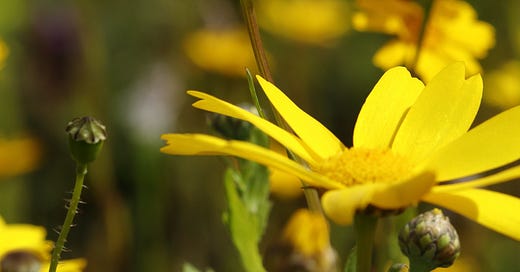


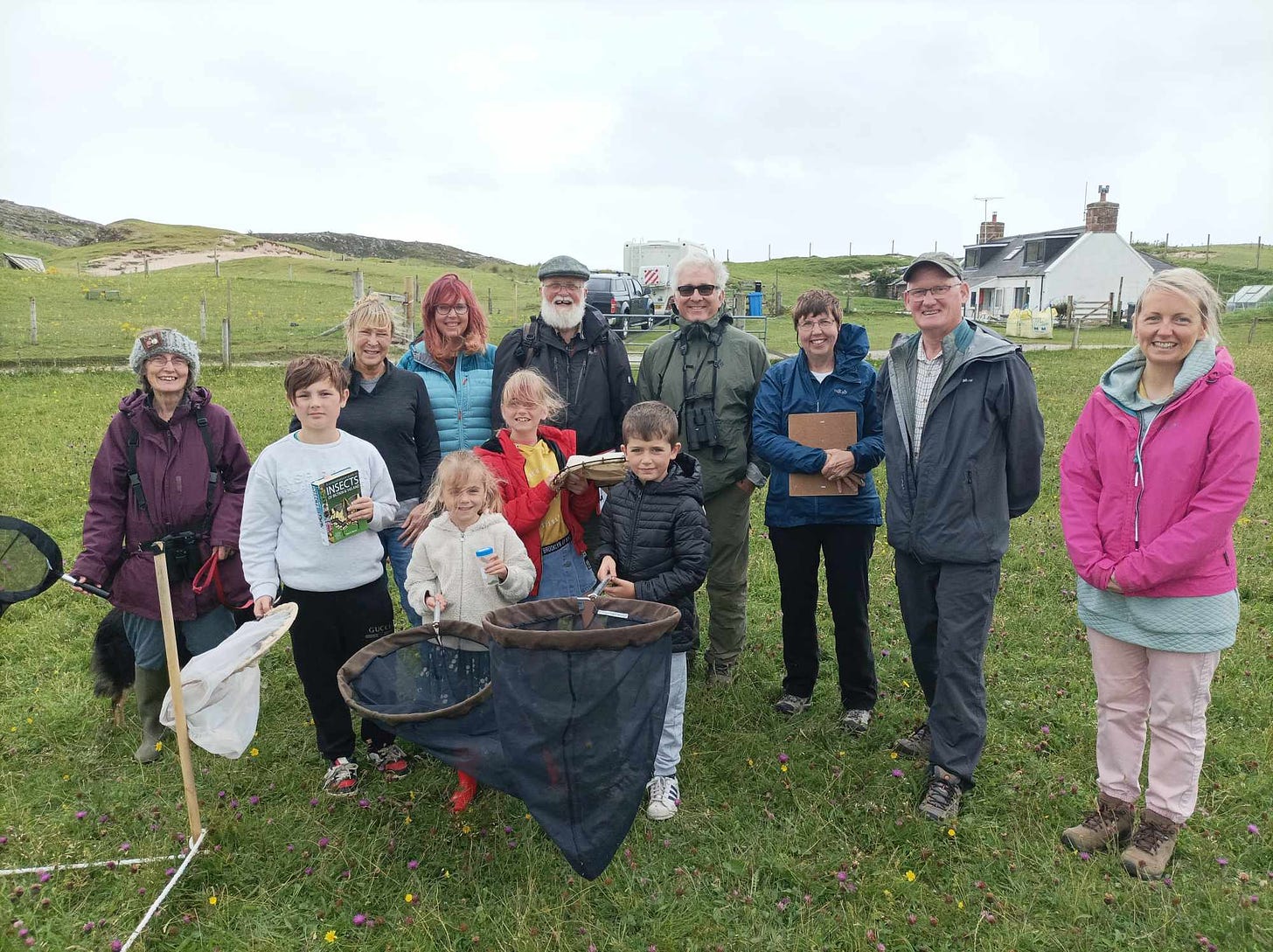
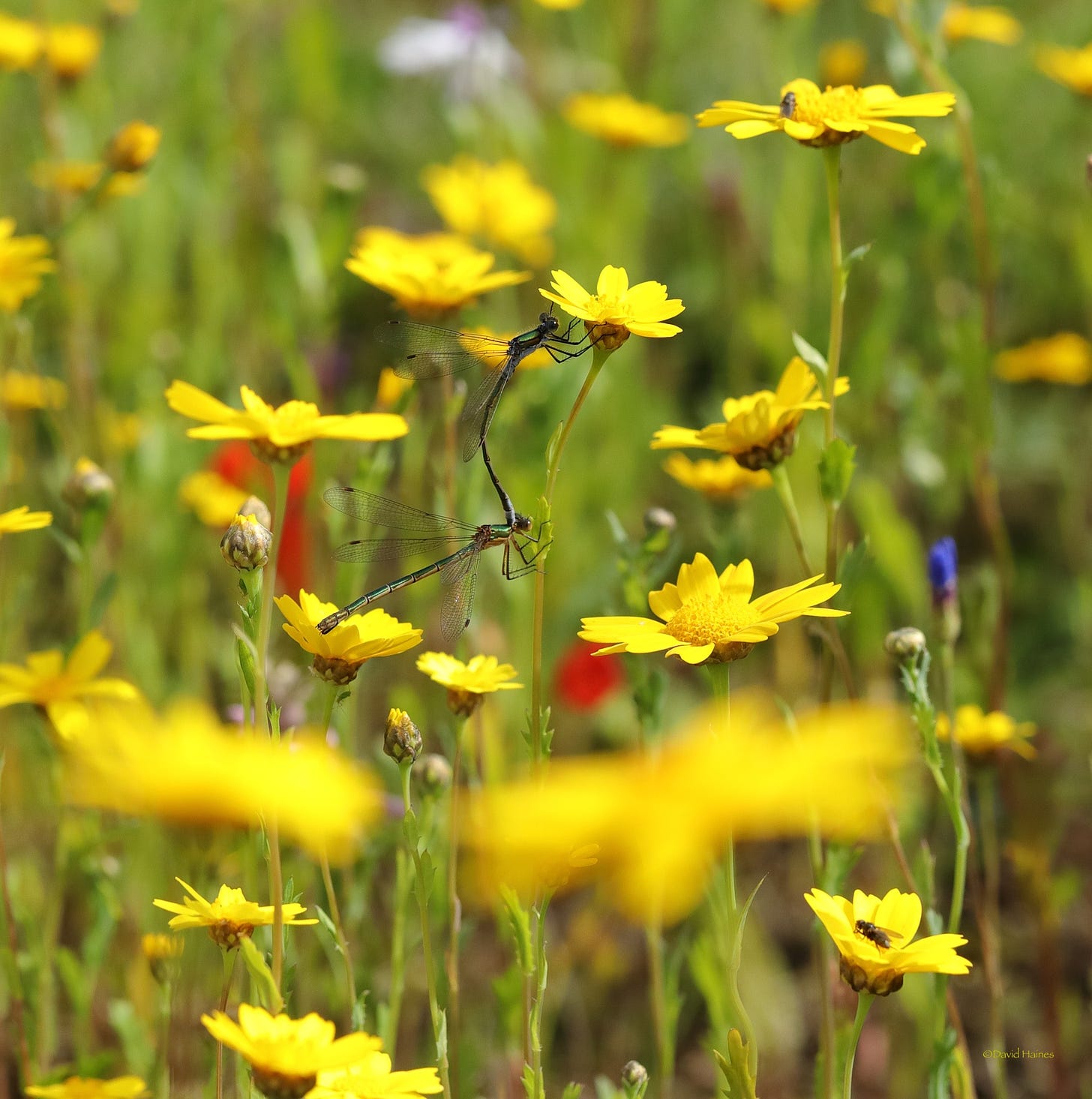
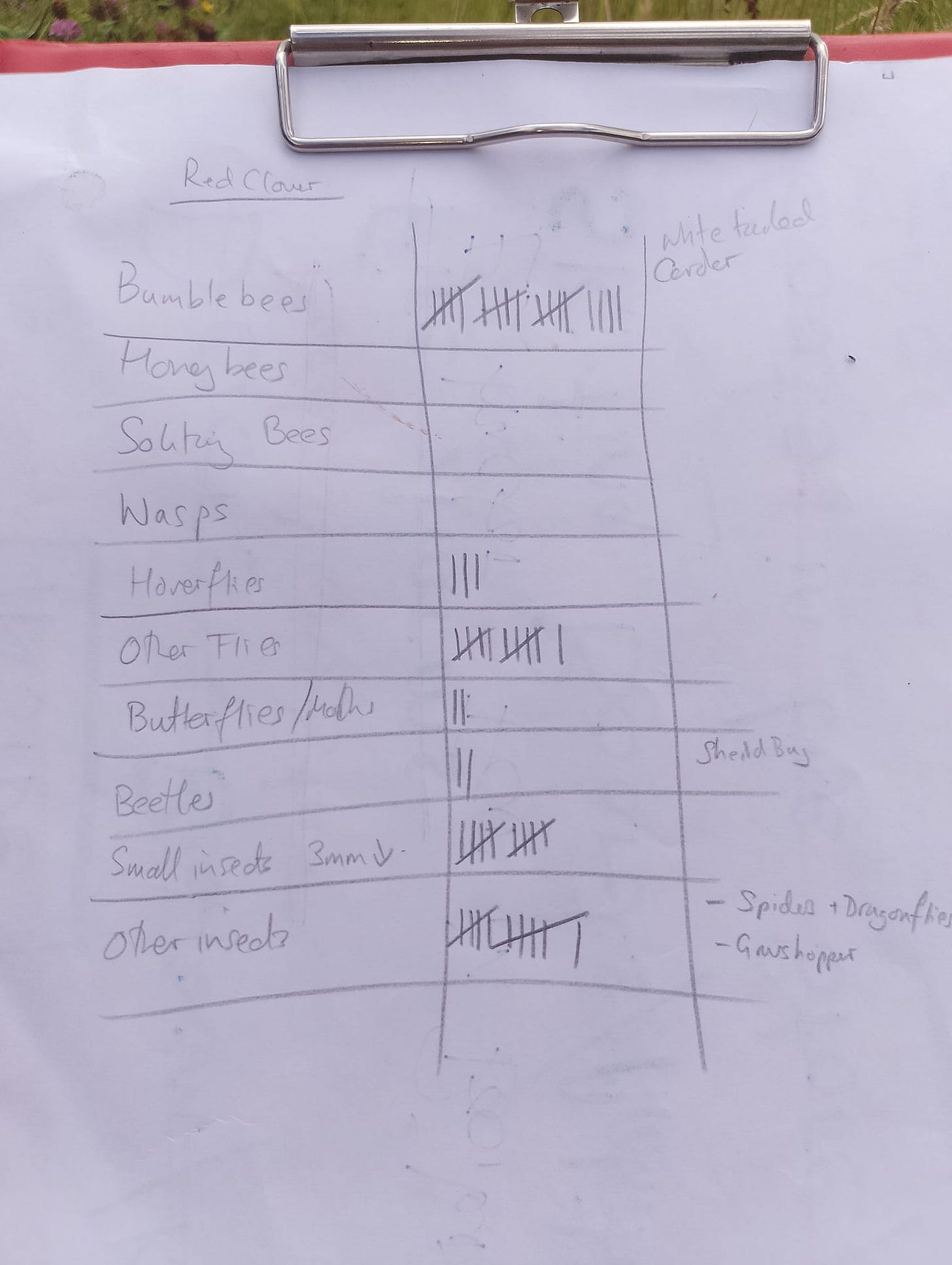
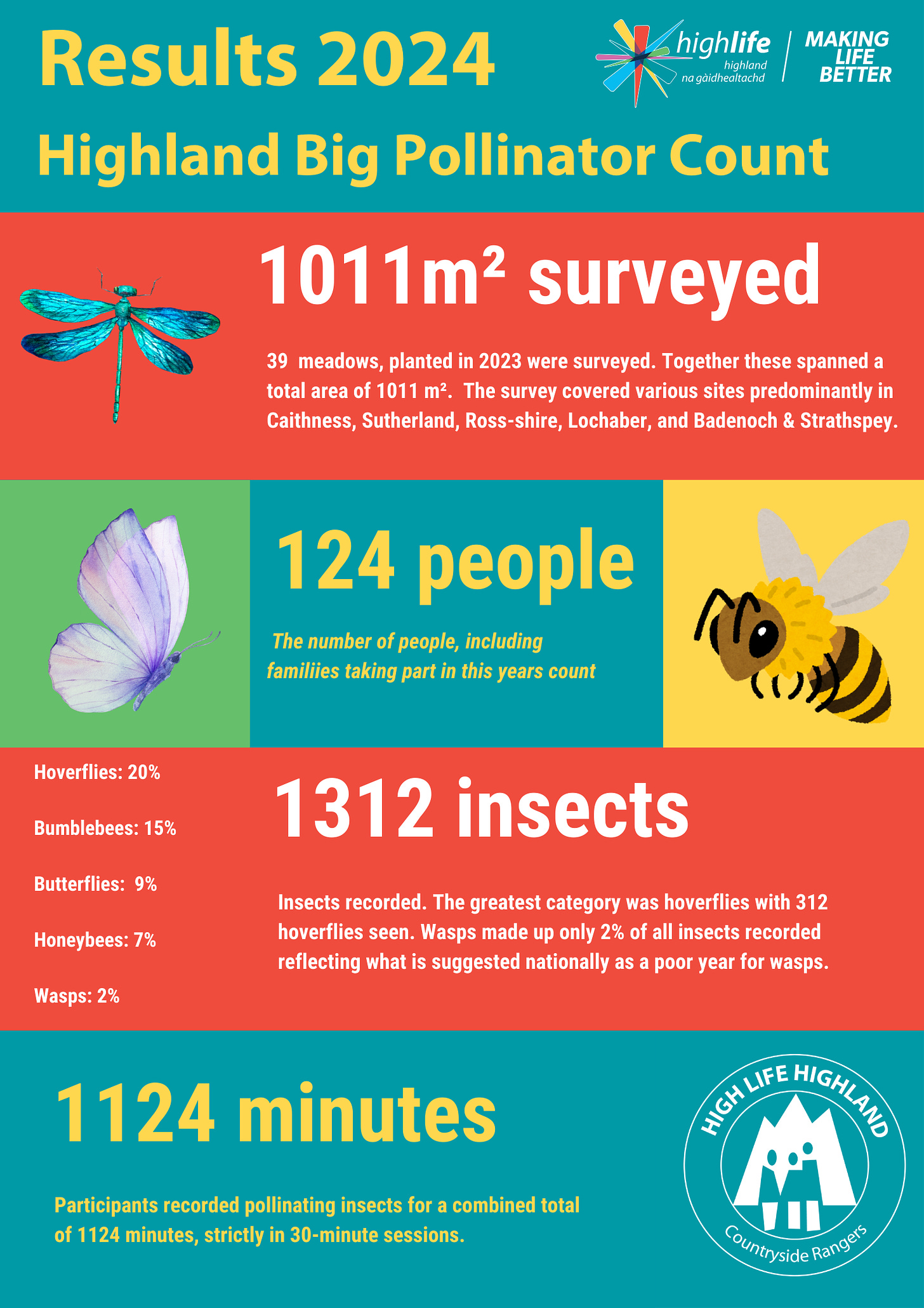
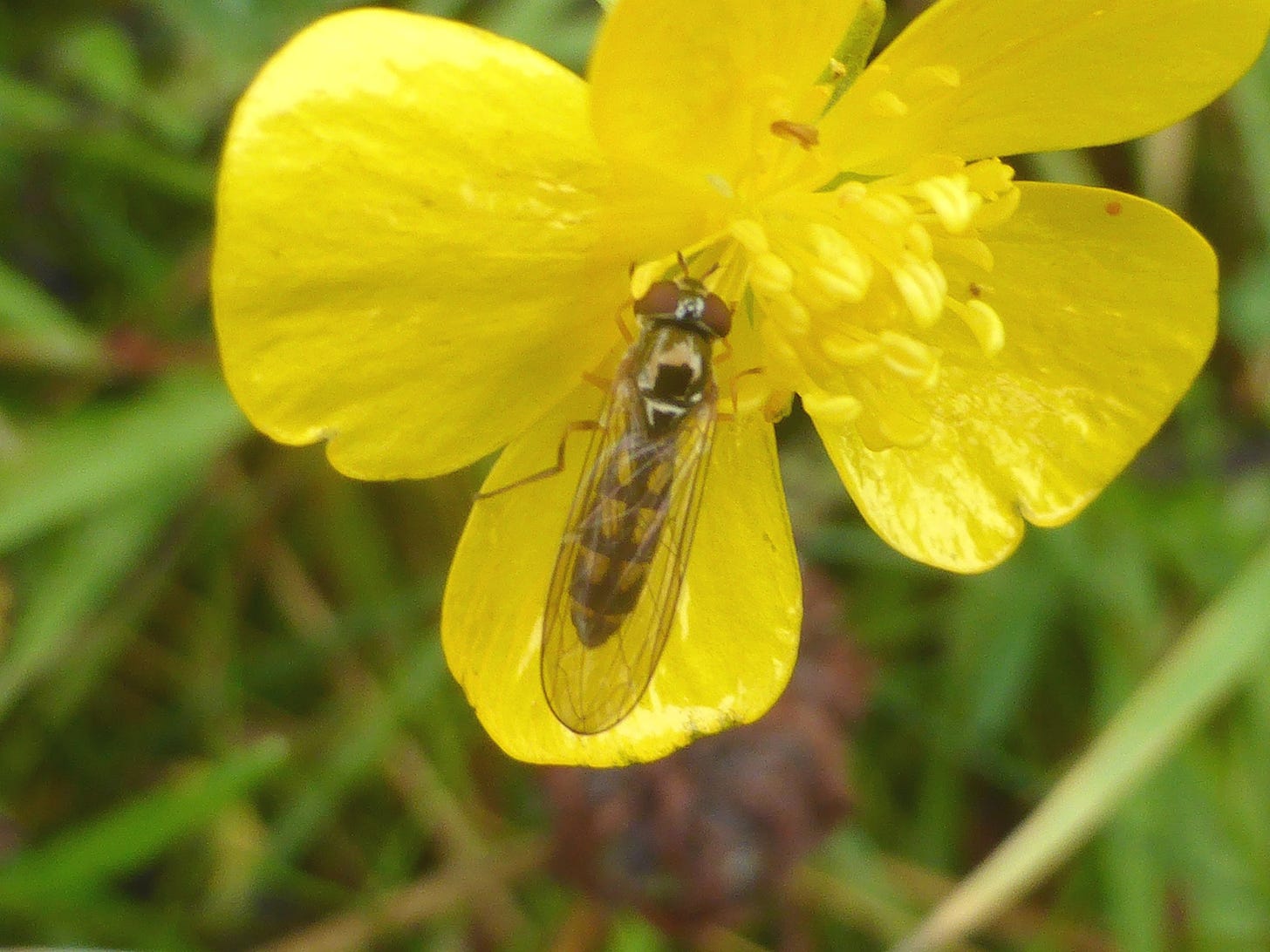
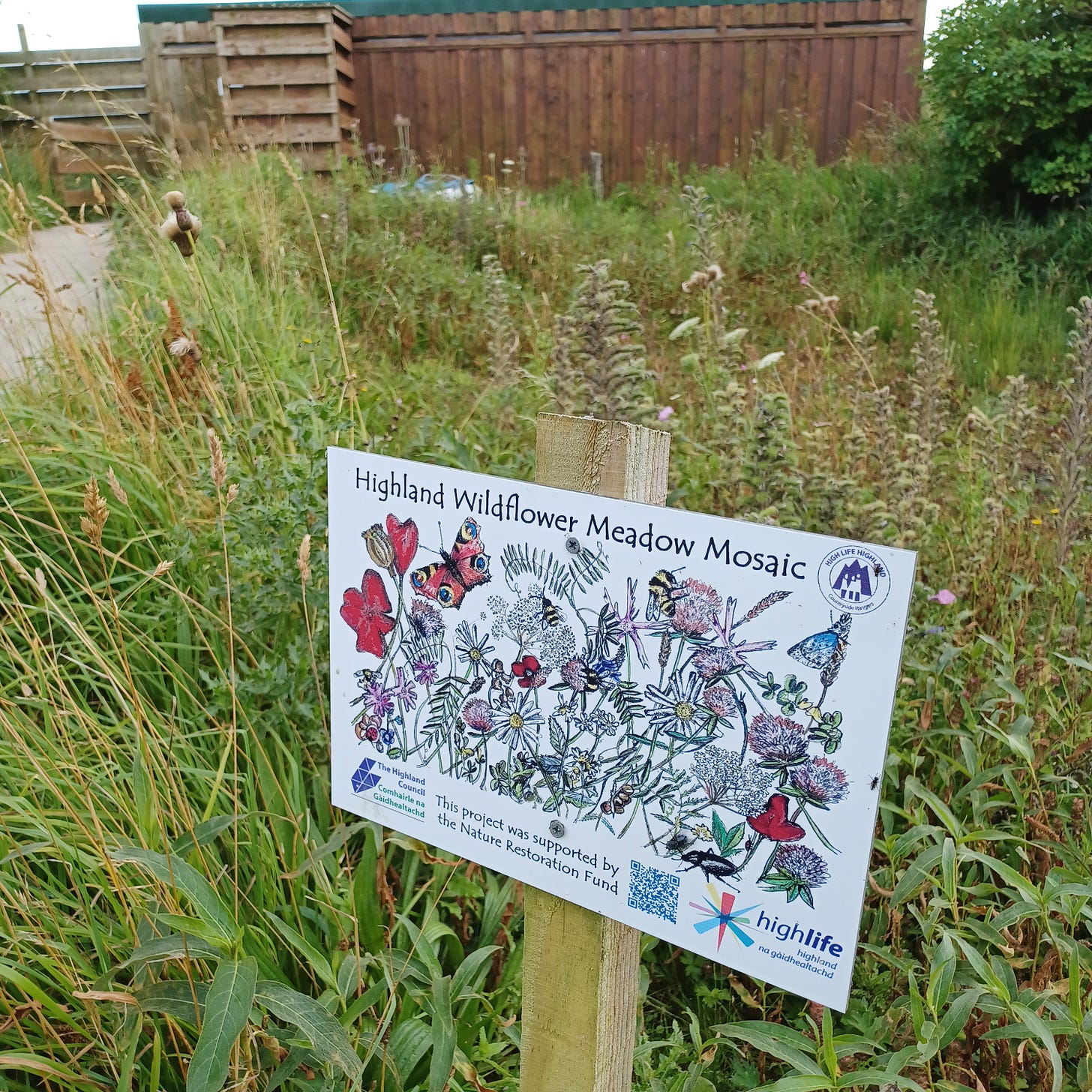
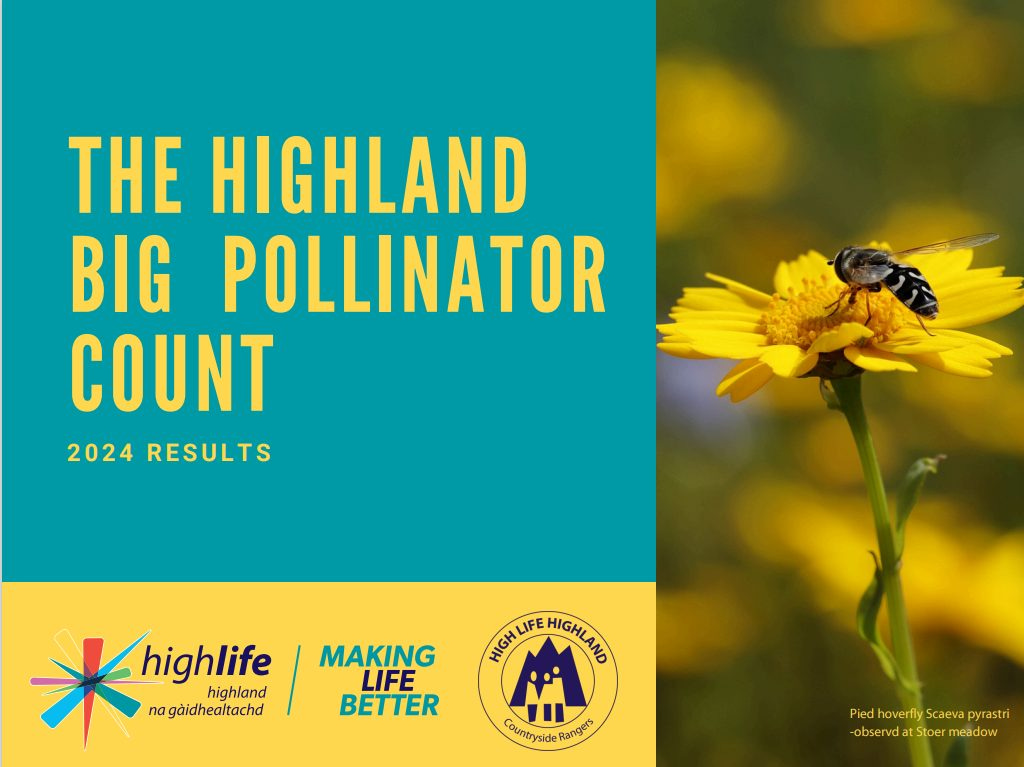
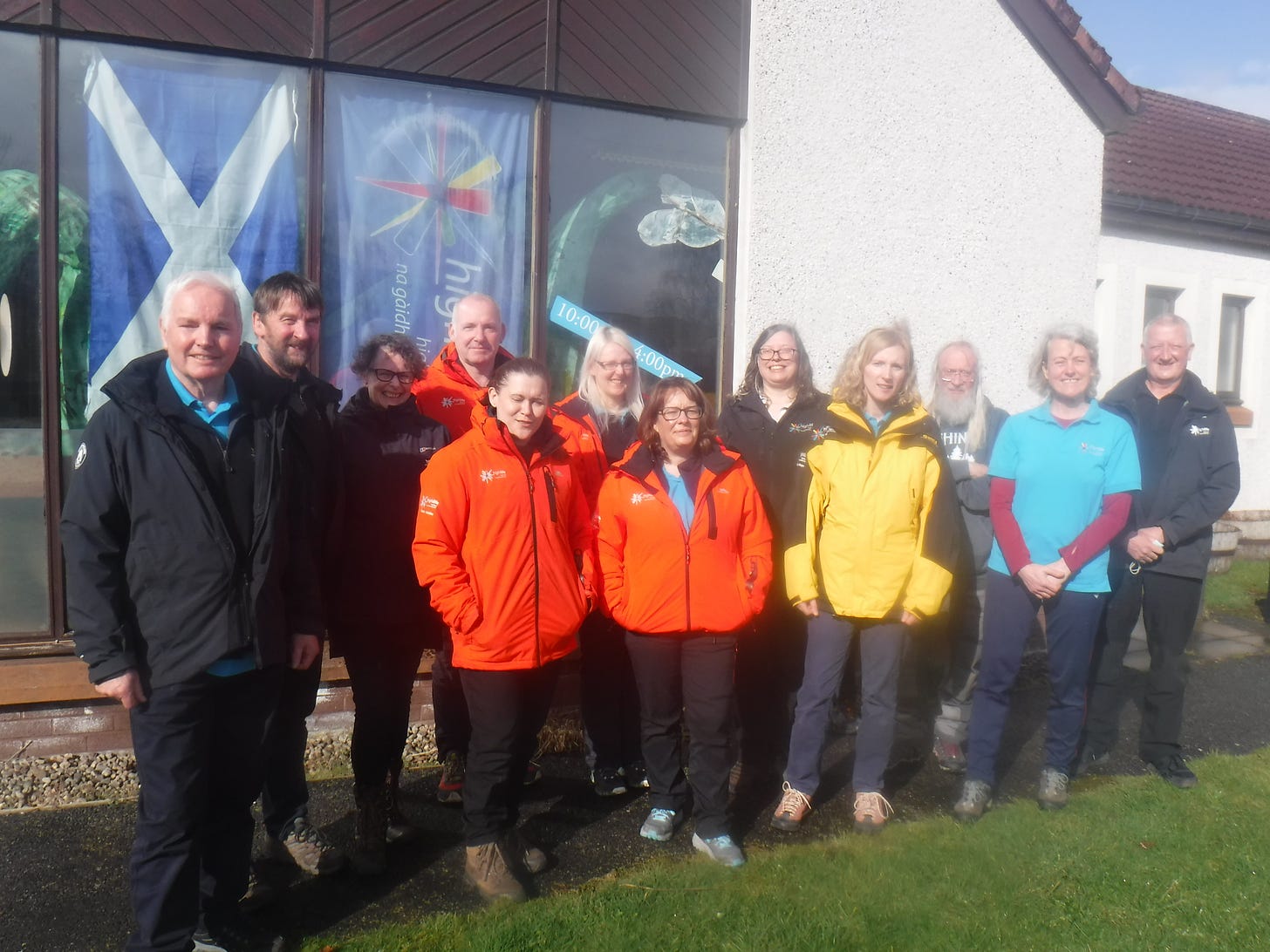

Interesting to see your results, good that you saw some interesting hoverflies!
I've been surveying butterflies this summer in Edinburgh, the weather has definitely made this more difficult than normal and numbers have been well down (except for Holly Blues).